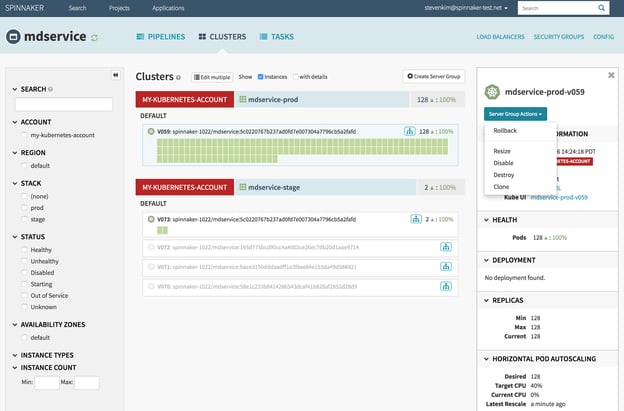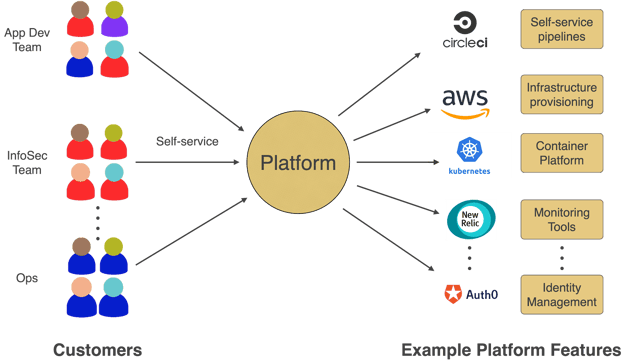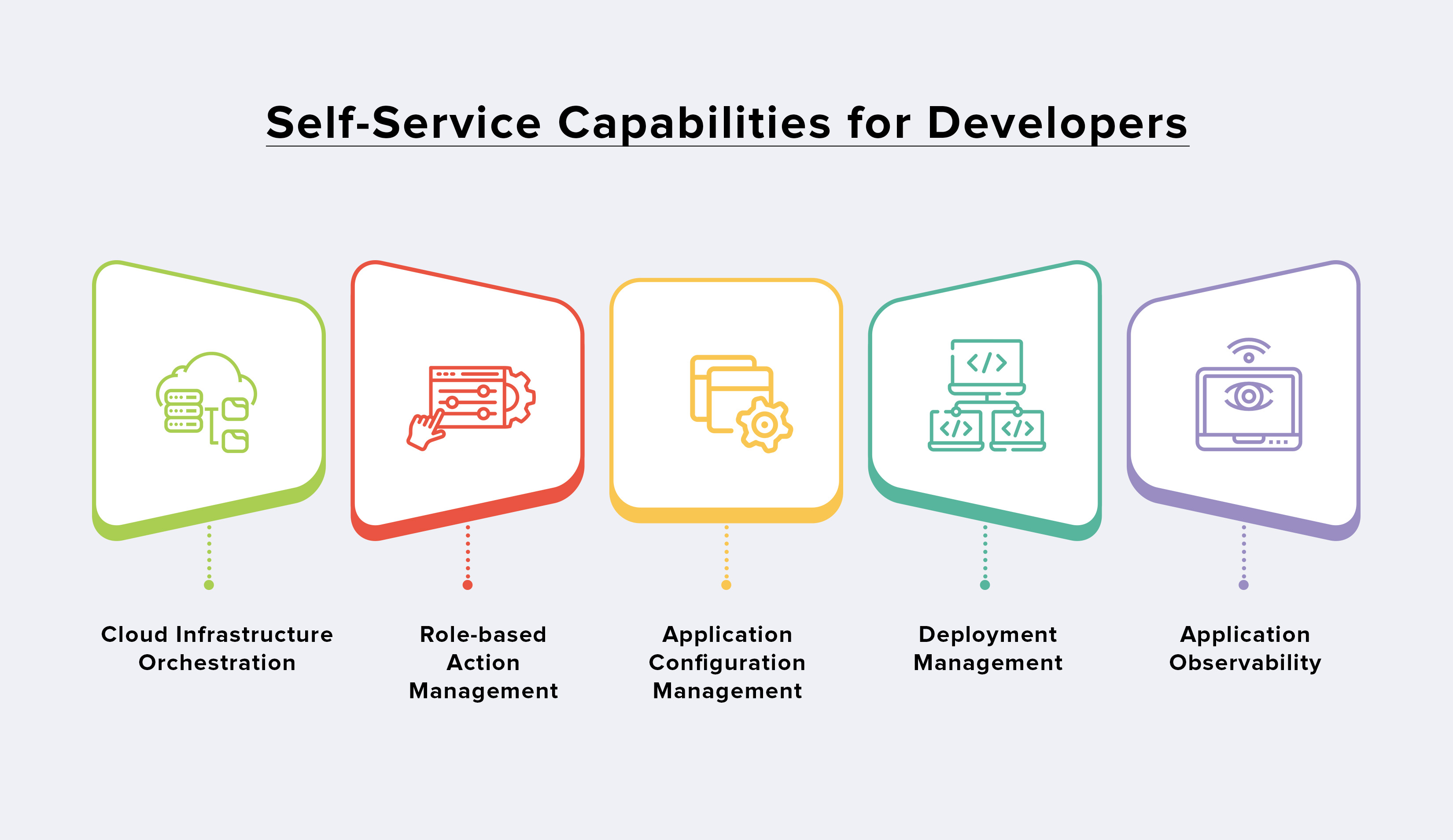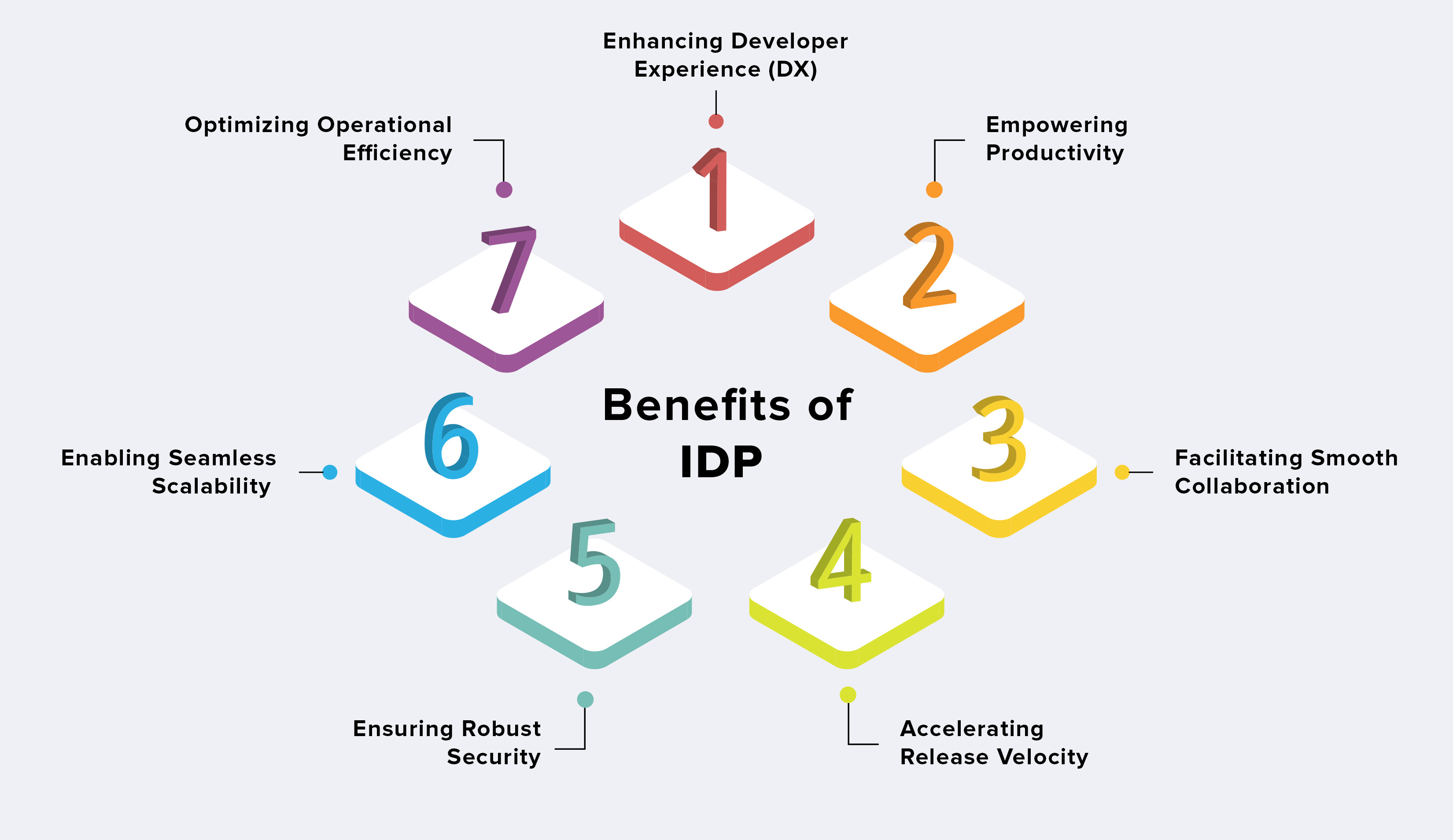
Software applications have become the backbone of most modern businesses, powering everything from customer-facing applications to internal operations. However, as the complexity and scale of software applications continue to grow, so do the challenges that organizations face in delivering reliable and scalable software solutions. In response, platform engineering has emerged as a key solution.
According to a report, in a single year, the Platform Engineering Slack community witnessed exponential growth, attracting a diverse range of over 8000 practitioners from around the globe in 2022.
In this article, we'll explore the ins and outs of platform engineering, including its key principles and benefits, and examine why companies and developers are turning to this practice to optimize their development processes and accelerate delivery timelines.
What is Platform Engineering?
Platform engineering is a practice that focuses on building and maintaining a self-service platform that enables software developers to build and deploy applications quickly and efficiently. The platform provides developers with a set of cloud-native tools and services, such as cloud infrastructure, databases, and monitoring tools, that help them streamline the software delivery process.
The goal of platform engineering is to improve developer experience (DX) by standardizing and automating most of the tasks in the software delivery lifecycle, such as provisioning infrastructure, managing security, and learning new tools. It helps reduce the complexity and uncertainty of software delivery, making it easier for developers to build applications without having to start from scratch.
The concept is best demonstrated by Amazon Web Services (AWS), which provides developers with access to its cloud computing resources, allowing them to construct and host their applications on AWS infrastructure instead of investing in their servers or building their data center.
Another instance can be Netflix's "Spinnaker". Spinnaker is an open-source, multi-cloud continuous delivery platform developed by Netflix to streamline and automate the deployment of their software across various cloud providers. It serves as a central hub for managing the entire software release lifecycle, including building, testing, and deploying applications.

Image Source: The New Stack
It offers a unified platform that abstracts away the complexities of deploying applications to multiple cloud environments, allowing teams to focus on building and delivering their software without worrying about the underlying infrastructure.
Spinnaker integrates with popular cloud providers such as Amazon Web Services (AWS), Google Cloud Platform (GCP), and Microsoft Azure, among others. It provides features like automated canary analysis, blue-green deployments, and pipeline orchestration, enabling teams to rapidly and reliably roll out their applications with minimal downtime.
How it All Started and Why is it Important?
The concept of platform engineering emerged as a response to the challenges posed by the monolithic architecture of traditional software development. In the past, developers were responsible for everything from writing the code to deploying it in production, but as software development matured, problems emerged.
With a monolithic architecture, new developers found it challenging to join a team because all the information resided with a single individual, typically the lead developer. And, it became apparent that the traditional approach was no longer sustainable.
Let’s understand the significance of platform engineering with a scenario-
Suppose you own a restaurant and want to start offering online ordering to your customers. To build a custom online ordering system from scratch, you would need to hire software developers, set up servers, and manage all the technical aspects of building and running the application. This would require significant time, effort, and resources, which may not be feasible for every business.
Instead, you could use a platform that provides pre-built tools and services to help you quickly create and deploy your online ordering system. The platform may include things like templates, widgets, APIs, and integrations with payment gateways so, that you don't have to build everything from scratch.
The platform would also take care of many technical aspects of running the application, such as scaling, monitoring, and security. This would allow you to focus on your core business needs, such as designing your menu and promoting your restaurant, rather than worrying about the technical details of building and maintaining the online ordering system.
How does Platform Engineering Work?
To succeed, a platform engineering team must have a deep understanding of the business and the developers they support. This requires working closely with development teams to learn about the tools and frameworks they use and the challenges they face in their day-to-day work. By collaborating with developers, platform engineers can gather valuable insights into their pain points and design solutions that address them.

Image source: Cloudknit.io
By understanding the needs of both sides, platform engineers can design and build solutions that bring the two together. They can create an Internal Developer Platform (IDP) that helps drive developer efficiency by providing the necessary tools, frameworks, and processes.
With a well-engineered IDP that encompasses a range of technologies, including cloud computing, Kubernetes, and CI/CD pipelines, platform engineers can help drive developer efficiency and improve the quality of applications built on the platform.
what is IDP?
An Internal Developer Platform (IDP) is a centralized collection of tools, services, and automated workflows that platform engineers design, build, and maintain to support rapid software development and delivery across an organization. IDPs provide a service layer that abstracts the complexities of application configuration and infrastructure management. This allows developers to self-serve the resources they need to build, test, deploy, and monitor applications with minimal friction.

The goal of an IDP is to enable developers to focus on writing code and delivering high-quality applications without having to worry about the underlying infrastructure setup and maintenance. This is achieved through the use of standardized tools and services, such as configuration management, deployment, observability, and much more. For example, developers can rapidly spin up cloud environments, trigger automated CI/CD pipelines, access logs and build artifacts, and more, all from a single API or GUI.
Benefits of IDP
An integrated delivery platform (IDP) has numerous benefits for software development organizations. Let's dive into some of the top advantages that IDP offers.

- Enhancing Developer Experience (DX): In today's complex cloud-native landscape, developers often face the challenge of selecting and mastering the right tools for their workflows. However, with IDP, this hurdle becomes a thing of the past. By providing a simplified and standardized set of tools and services, IDP significantly improves the developer experience. Developers can now focus on their core development work without being bogged down by the intricacies of tool selection, resulting in enhanced productivity and satisfaction.
- Empowering Productivity: Time is of the essence in software development, and delays can hinder progress. IDP empowers developers by offering self-service capabilities that encompass everything required for efficient code testing and deployment. This eliminates the need to rely on different teams for various stages of development, enabling developers to take charge of their work and stay in the productive flow. With IDP as their trusted companion, developers can concentrate on what they do best: crafting exceptional code.
- Facilitating Smooth Collaboration: Successful software development relies heavily on effective collaboration across teams and departments. IDP plays a pivotal role in fostering seamless collaboration by providing a unified ecosystem of tools and services. This unified approach allows for streamlined communication, troubleshooting, and issue resolution, minimizing bottlenecks and enabling teams to work together harmoniously. By promoting cross-functional collaboration, IDP enhances efficiency and accelerates project delivery.
- Accelerating Release Velocity: In the fast-paced world of software, time-to-market is a critical success factor. IDP empowers organizations by offering easy-to-use and configurable toolchains that simplify the deployment process. By abstracting away the complexities of infrastructure management, IDP enables developers to focus on delivering business logic rather than getting entangled in technicalities. This results in more reliable and faster releases, giving organizations a competitive edge in the market.
- Ensuring Robust Security: In an era where data breaches and cyber threats loom large, maintaining robust security measures is paramount. IDP establishes a secure foundation for software systems, allowing organizations to implement industry best practices such as role-based access control and network segmentation. By adhering to these security protocols at the infrastructure level, IDP strengthens the overall security posture of applications, mitigating risks and safeguarding valuable data assets.
- Enabling Seamless Scalability: As businesses grow and user demands fluctuate, the ability to scale resources seamlessly becomes crucial. IDP equips organizations with the necessary tools and processes to scale resources up or down effortlessly. This ensures applications can handle increased traffic and demand while maintaining optimal performance and availability. With IDP's scalable infrastructure, organizations can confidently navigate varying workloads and meet user expectations without compromising on quality.
- Optimizing Operational Efficiency: IDP's standardized approach to managing and operating software systems brings tangible benefits to organizations. By providing a unified platform and toolset, IDP enables streamlined processes, efficient resource utilization, and improved operational effectiveness. This optimization leads to reduced operational costs, freeing up resources that can be redirected toward innovation, growth, and achieving strategic business objectives.
Platform Engineering VS DevOps
While DevOps and platform engineering share some common principles, they have different focuses and scopes. DevOps is a cultural shift that aims to break down silos between development and operations teams to improve software delivery speed and quality. DevOps teams typically focus on streamlining the software delivery pipeline from code to production using tools like continuous integration/continuous delivery (CI/CD), automated testing, and monitoring.
On the other hand, platform engineering is a practice that builds on DevOps principles to create a shared platform for different IT teams within an organization. Platform engineers integrate the tools and infrastructure used by DevOps teams into a standardized platform that can be easily accessed and used by different teams across the enterprise. This helps to eliminate the need for each team to manage and configure their own infrastructure, saving time, effort, and resources.
In terms of organization structure, a dedicated platform team is typically required in mature companies with complex infrastructure and tooling needs. The platform team builds and manages the infrastructure, while DevOps teams work on building and deploying software on the platform. However, in smaller companies or startups, DevOps teams may also perform some platform engineering tasks.
Building a Self-Service Platform for Your DevOps Team
As we've seen, platform engineering is a relatively new concept that has emerged as a natural progression from the DevOps philosophy. It presents a unique opportunity for organizations to streamline their software development process, reduce toil, and ultimately, deliver value to their customers quicker than ever before.
As organizations continue to move towards a more agile and automated approach, platform engineering will undoubtedly become a critical component of their software delivery pipeline. It will be up to organizations to embrace this new concept and ensure that they have the right talent, tools, and processes in place to make the most out of this emerging practice.
So if you are looking to optimize your software development processes and streamline your infrastructure? Daffodil might be the smart choice. Our team of platform engineering experts is here to help you achieve your goals. Whether you're looking to build a new platform or improve an existing one, we'll work with you every step of the way to provide a comprehensive roadmap and personalized solutions tailored to your needs. Let's collaborate and transform your software development process today!





